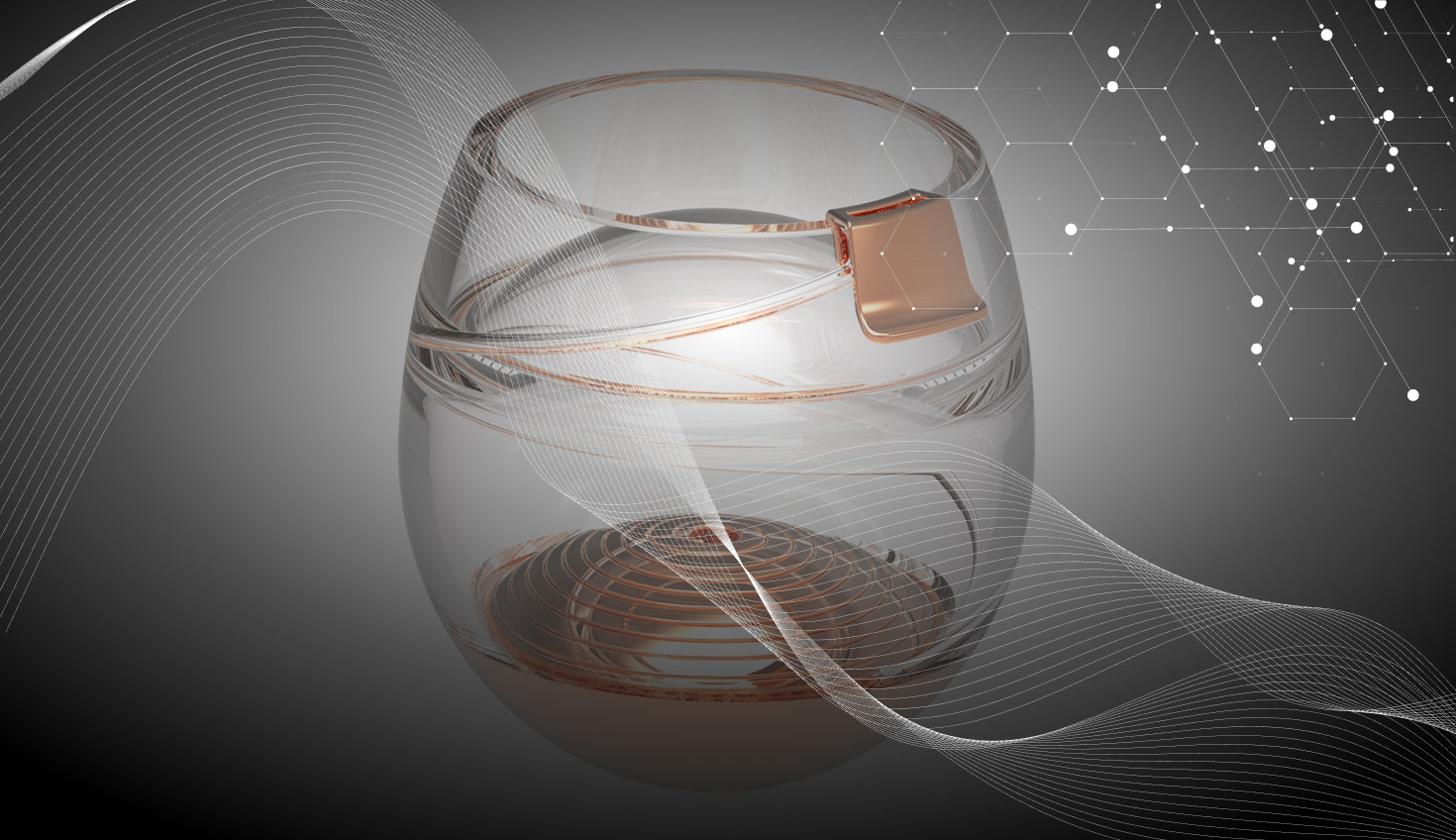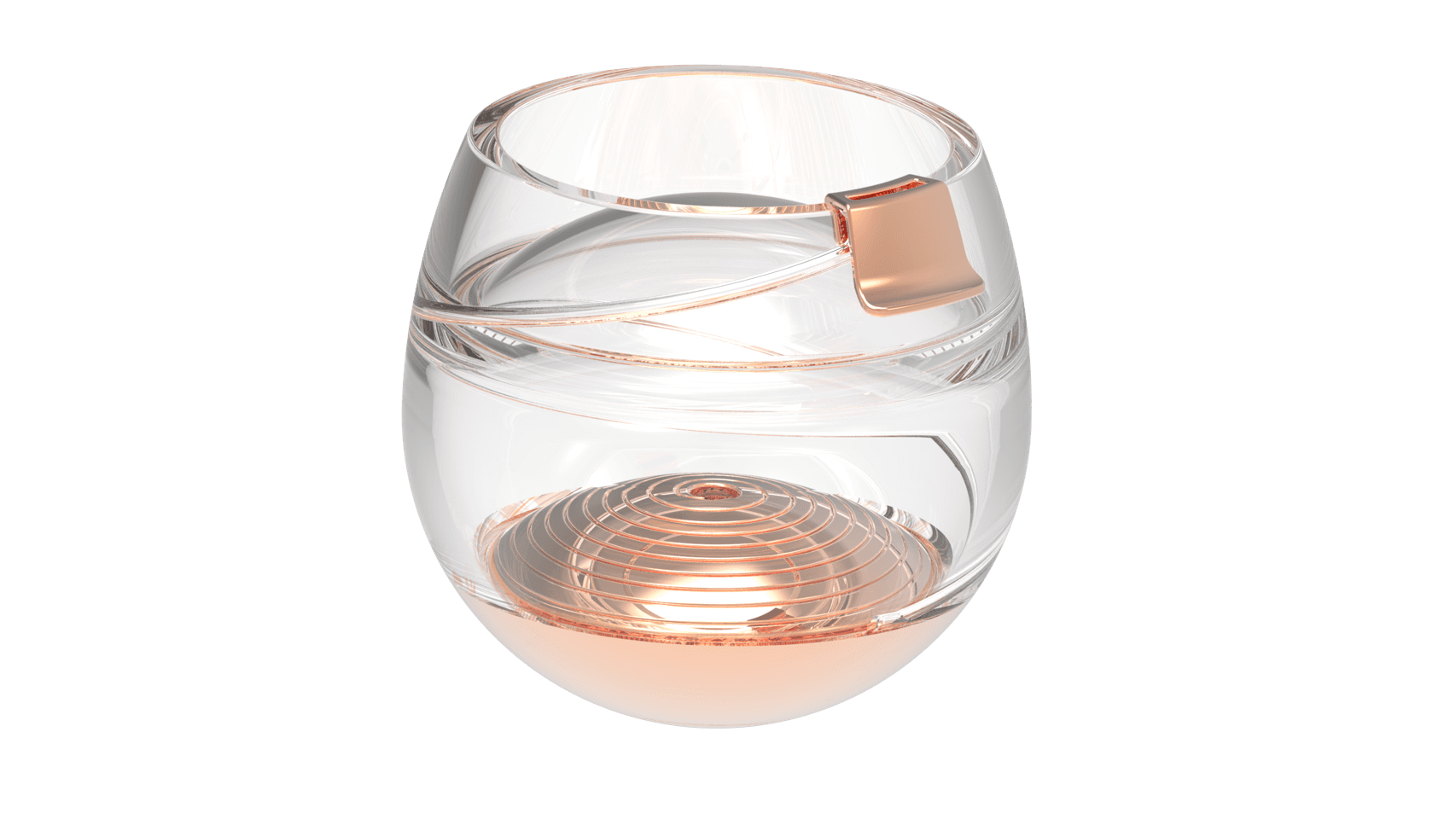We recently shared how the Open Space Agency (OSA) is encouraging citizen scientists around the world to build their own robotic telescopes to help NASA study potentially dangerous asteroids.
While the open-source (and Onshape designed) Ultrascope is tackling a massive existential problem, the Open Space Agency is also solving little everyday problems that humans face in space.
Ever wonder how astronauts can drink a beverage without it spilling out of the container and floating around in tiny globules? How do you control the movement of liquid in zero gravity?
OSA recently teamed up with Ballantine’s Scotch whiskey to create this rather snazzy-looking Space Glass:
Open Space Agency founder James Parr breaks down the mechanics and design process behind the Space Glass in this interview with Ballantine’s.
According to OSA engineer Jon Rushton, full-cloud Onshape was invaluable during the creation of the Space Glass because the CAD system is instantly accessible on any computer or mobile device.
“When I was inspired or needed to make a change, I didn't have to wait to be in the office. The cloud technology allowed me to strike while the iron was hot,” he says. “Certain actions such as multiple fillets and complex Booleans were processed by the cloud easily without falling over. My laptop itself is probably not powerful enough to complete these tasks.”
“Being online, the work could be easily shared and viewed by other team members without any extra costs of purchasing a separate CAD package,” Rushton adds.

The Open Space Agency used Onshape to design the Ballantine’s Space Glass, which allows an astronaut to drink liquid in zero gravity.
Rushton called the Space Glass project an “exercise in iteration.”
“The Onshape UX made it easy to iterate quickly and I didn't have to worry about losing a file. The History feature was extremely useful when changes didn't work out,” he says.
The Space Glass is made from medical-grade 3D-printed thermoplastics (soft and moldable when heated; hard when cooled) and a stainless steel base plate coated in rose gold, which is extremely unreactive and won’t impact flavor. The OSA is exploring the idea of printing the Space Glass on the International Space Station, although it would be a version designed for coffee, not alcohol.
(To learn more about how the Open Space Agency uses Onshape to be more productive, visit our Customer Stories page.)



